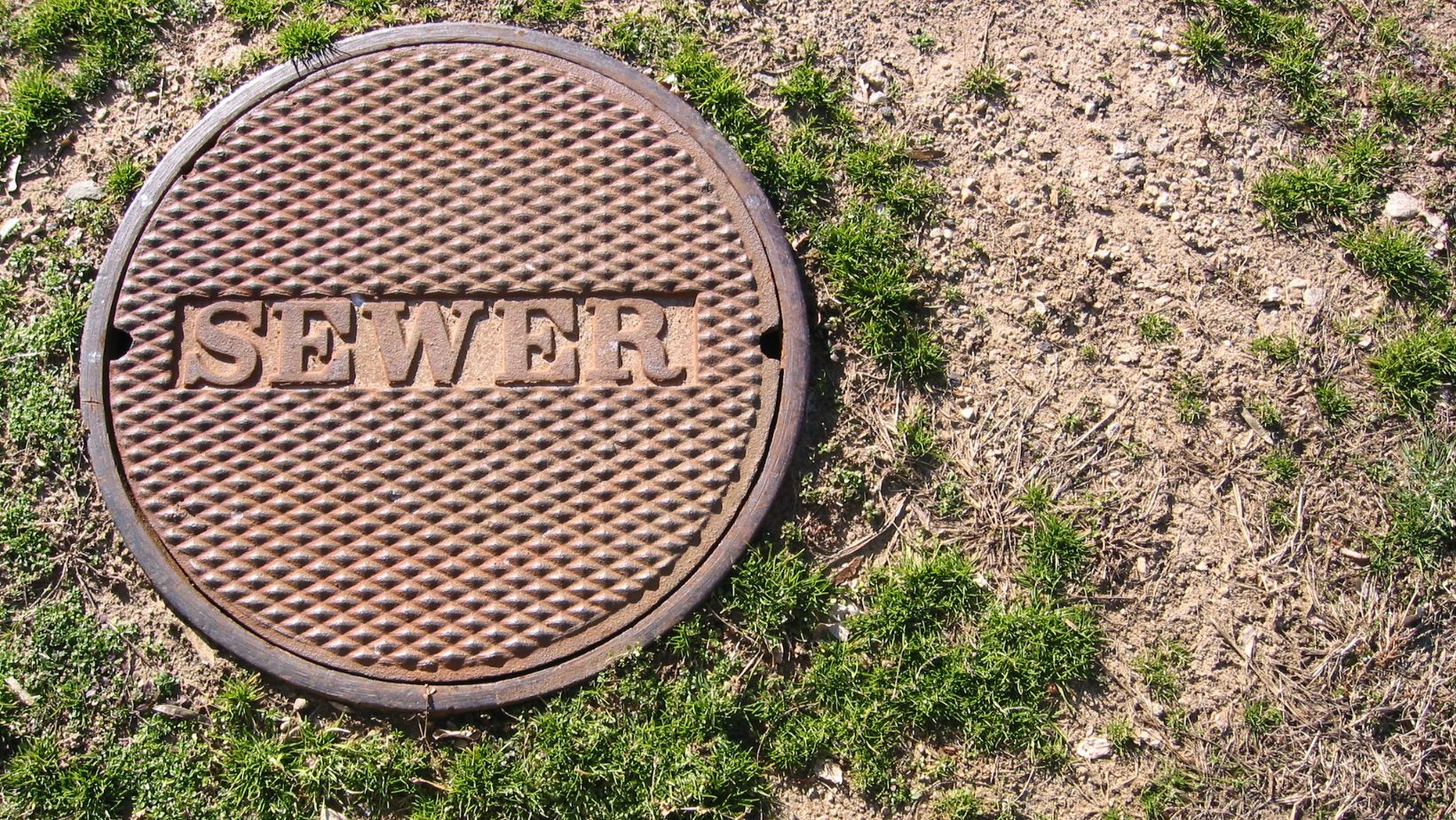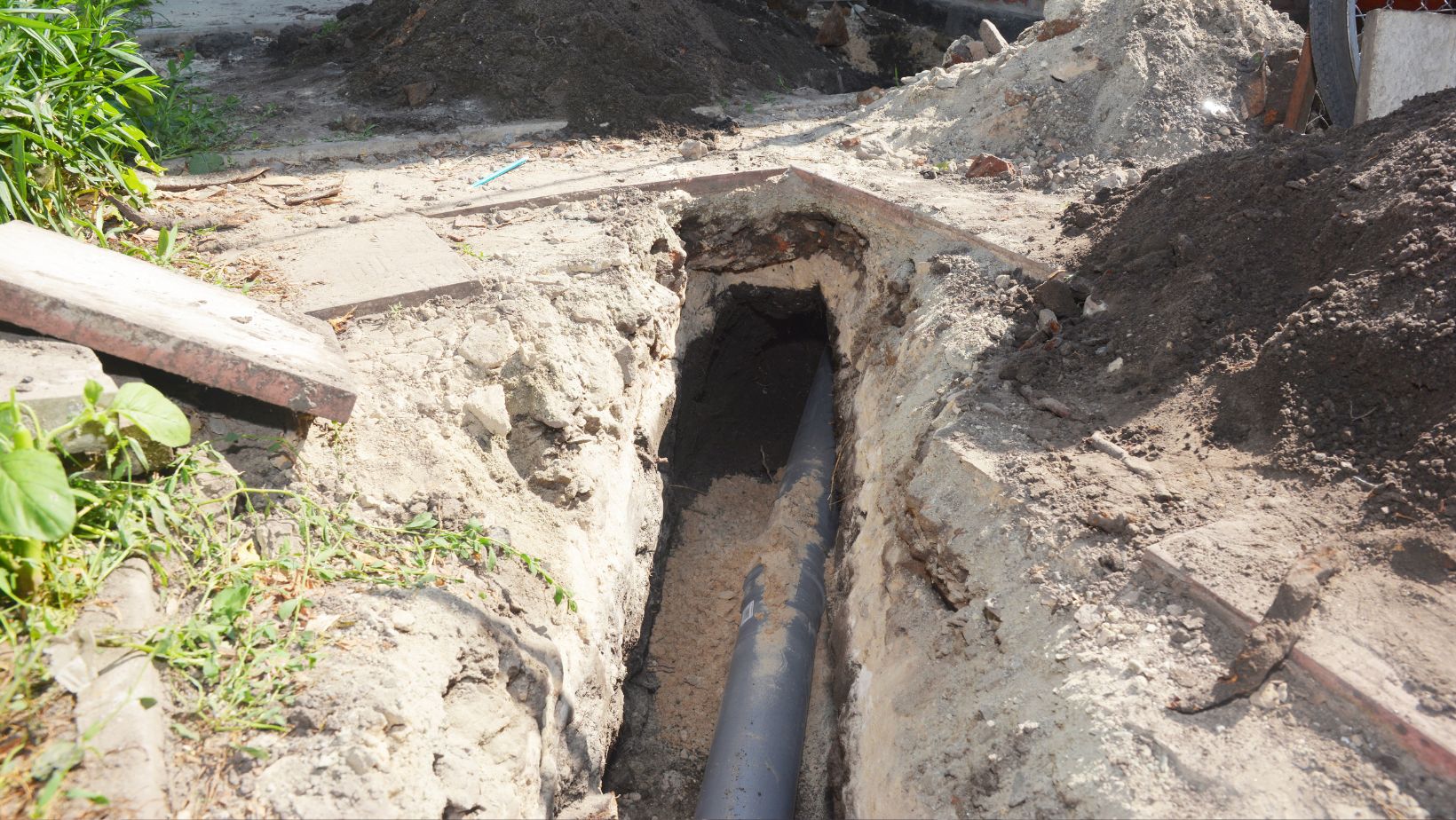Understanding the Benefits of Trenchless Sewer Line Replacement

Sewer line problems can cause a daunting situation for most homeowners. The sewer issues will give you warning signs indicating the system needs replacement. Foul odors, gurgling sounds in drainage systems, and drain backups are common signs of sewer line issues. So, hiring plumbers is the most important decision to solve these problems. However, professional plumbers use different techniques to replace and install the sewer line. Some experts prefer traditional methods, whereas others implement trenchless techniques. So, which sewer line replacement method is better? Find the differences between these techniques before choosing the plumber.
Steps For Traditional Sewer Line Replacement
The traditional technique for replacing the sewer line involves excavating the trench. Plumbers then access the damaged parts of your pipes to replace them. Let us discuss how they deal with your sewer line project-
- Inspect the site- The experts first thoroughly inspect the site to find the damaged sewer line and identify the severity of the issue.
- Excavate the ground- Your plumbers will dig a trench to access the target area. This process will disrupt the driveways and other adjacent surfaces.
- Repair or replace the line- After exposing the damaged section, plumbers will perform the replacement or repair process depending on the problem.
- Start the restoration work- Your contractors will fix the pipes and fill the trench. They will then restore the disturbed sites and accomplish the project.
Although these steps are effective, they have some drawbacks. The repair process will be longer, and there is a risk of potential property damage.
Methods For Traditional Sewer Line Replacement
The trenchless sewer replacement involves an innovative technique, which reduces the need to excavate the site extensively. The major trenchless methods for your sewer line are-
Pipe bursting– It is a process through which the plumber expands and expands the old sewer line. The experts will replace it with a new line made of HDPE.

They insert the bursting head into the older pipeline and break it from its inside. The device is attached to a new pipe, and there is no need for digging the ground. Your plumbers will dig the pits at an end to make the access points. The biggest advantage is that they can increase the pipe’s size for a better sewage flow.
Pipelining– The structural pipe lining is a liner or sleeve coated in epoxies. Your contractors will insert the lining into the old sewer line. When UV lights cure the epoxy naturally, the new sealing lines your old pipe’s walls. Removing the pass liner causes the epoxy to act as the new lining of the old pipe.
In some cases, the interiors of damaged pipes are coated with a resin. The plumbers can pull a pipe (with a small diameter) through the existing pipe. The space between the old and new pipes is filled with some grout.
Which Is More Cost-Effective And Time-Saving?
The overall time frames and cost are other factors for differentiating the trenchless and traditional sewer line replacements. The traditional sewer repair and replacement can make your project costlier. Plumbers need to engage additional laborers to excavate and restore the site. Although trenchless processes involve a high upfront cost, the plumbers will save costs for labor and restoration. The long-term maintenance costs will also be low.
Plumbers using traditional techniques for sewer replacement take longer to manage the project. On the contrary, trenchless processes are a faster solution that minimizes downtime and inconvenience.
Professional plumbers consider these factors before determining the right method for repairing and replacing sewer lines.
Which Method Is Safe For The Environment?
Traditional sewer replacement methods hurt the environment. As contractors excavate the site, it disrupts the ground. So, the overall process disturbs the trees and vegetation on your landscape. It will also damage the driveways above the sewer line’s surface.
However, the trenchless technique requires no excavation or digging. Minimal environmental footprints are the significant advantages of this process. The modern method preserves your landscape and reduces soil destabilization. It is an eco-friendly solution for your sewer line problems.
Most plumbers try to choose trenchless sewer line replacement methods to prevent environmental concerns.
Conclusion
Comparing the traditional and trenchless sewer replacement processes lets you make the right decision. The trenchless method is a good alternative to the conventional technique. However, if the pipeline is accessible only through a narrow gap, this modern process is not feasible. Furthermore, collapsed and improperly installed original pipes prevent plumbers from implementing the trenchless technique. The traditional method is effective if your pipeline still needs to secure its position.
So, look for professional plumbing specialists to replace your sewer lines. The licensed and experienced contractors will help you choose the appropriate process for your sewer system.


 Features of Starburst Game
Features of Starburst Game  Hot Fruits Deluxe Casino Evaluation
Hot Fruits Deluxe Casino Evaluation  5025155312: Unlocking Its Secrets and Significance
5025155312: Unlocking Its Secrets and Significance